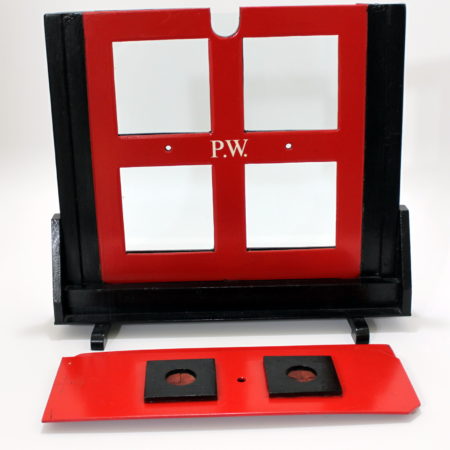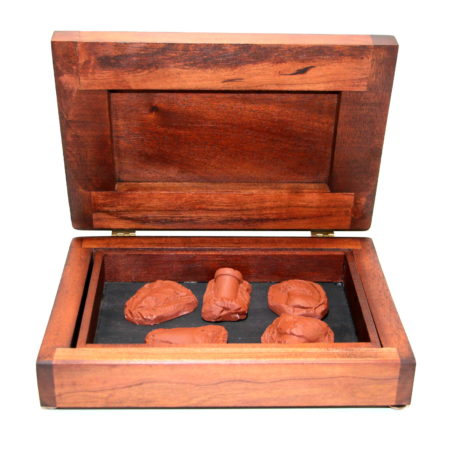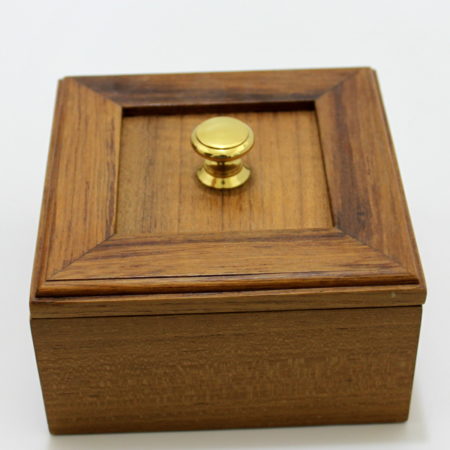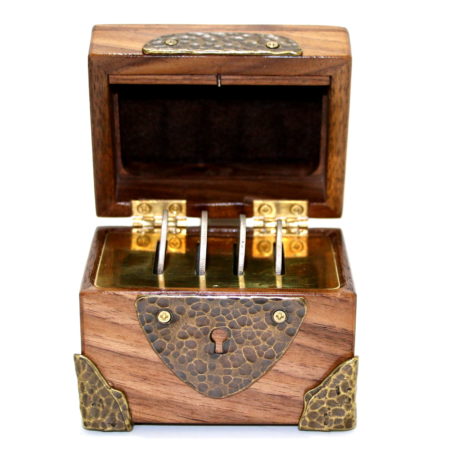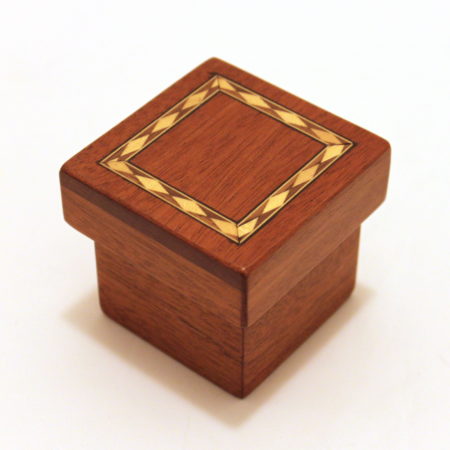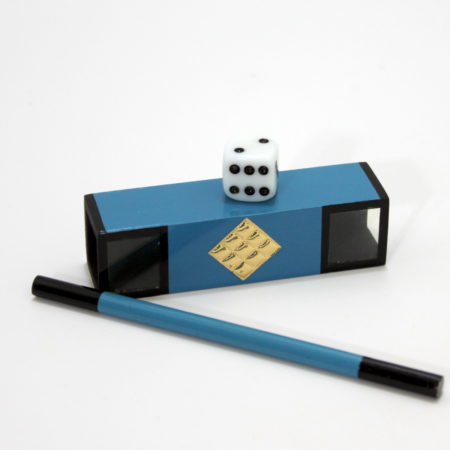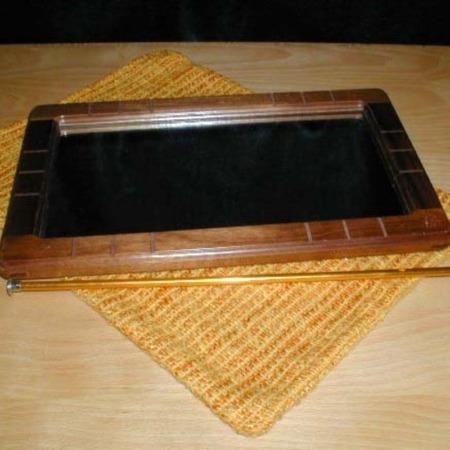
The original version of this effect known as Bending Glass (or Flexible Glass) was invented by British Magician Oswald Rae c. 1945, and was released by Max Andrews. A later improvement replaced the glass with a mirror which is what Owen’s are showing here.
A framed mirror is placed within a cloth bag and a large knitting needle is pushed through the bag and mirror. As a finale, the mirror is folded in half! The mirror is then removed from the bag and shown to be completely restored. The mirror can be handed to an audience member to examine!
The Owen’s version is one of the best because the gimmicked frame can be show freely on both sides which is not true in some versions and it is made of a solid and beautiful hardwood that will last a lifetime.
Click here for more information.

